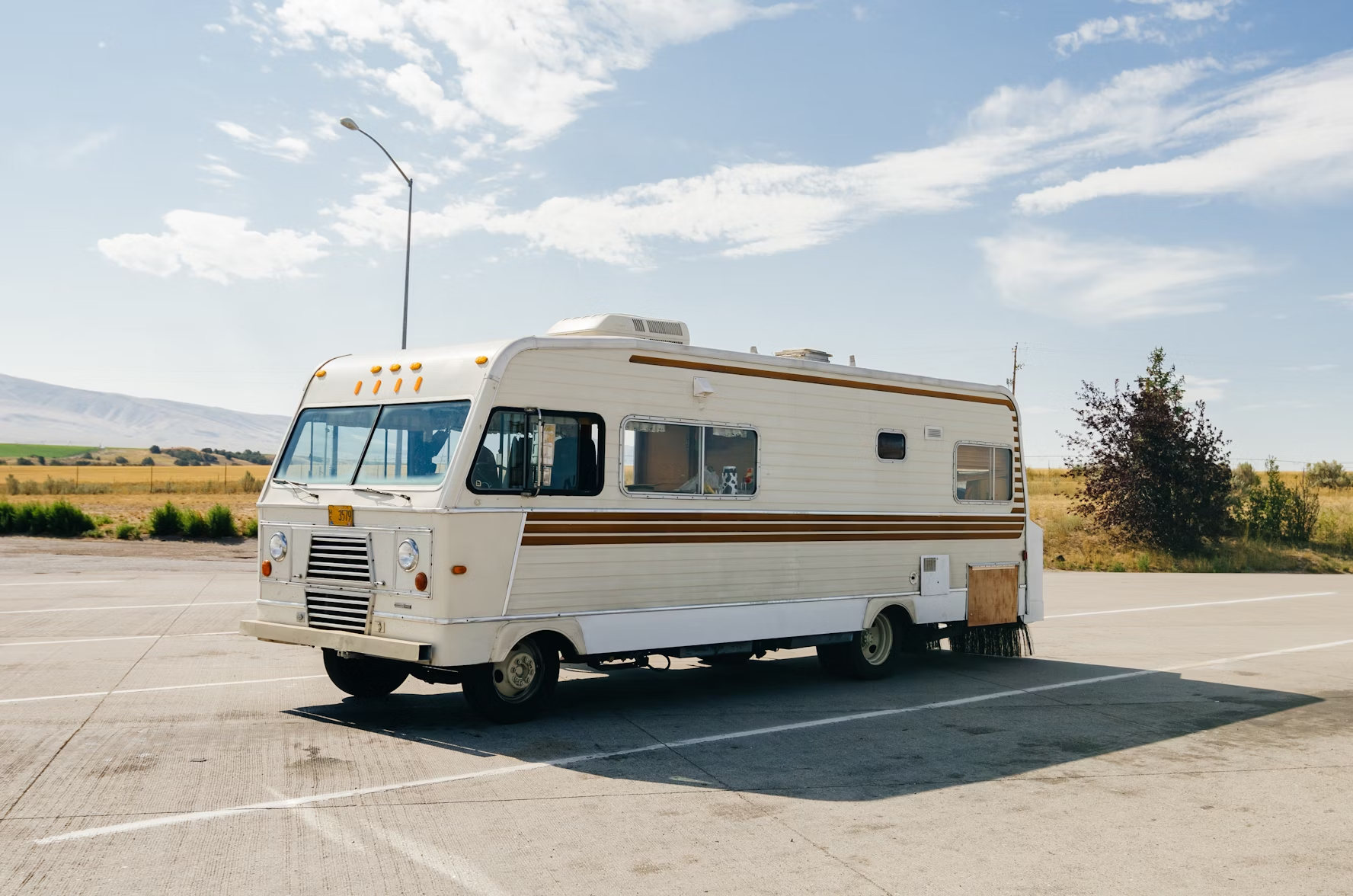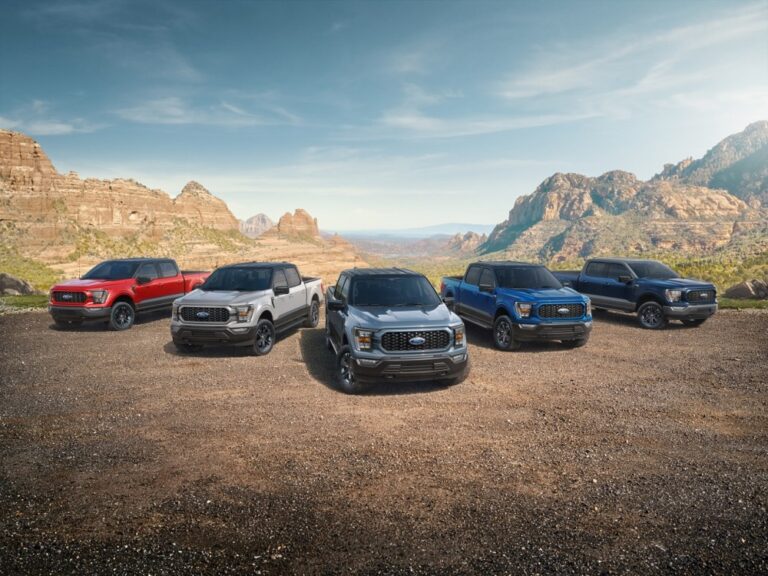How to Finance Powersport & RV Purchases: What Buyers Should Know
When the thrill of open trails or cross-country adventure calls, investing in a powersport vehicle or RV can make that dream a reality. But for many buyers, the biggest question isn’t which model to choose—it’s how to afford it. Financing options for powersports and RVs have expanded significantly in recent years, offering flexibility and convenience for all types of buyers. Understanding these financing pathways can help you make a smart purchase that fits your budget and lifestyle.
1. Understanding Powersport & RV Financing
Financing a powersport vehicle or RV works much like financing a car—but there are unique factors to consider. Lenders typically look at your credit score, income, and down payment to determine eligibility and loan terms. The interest rates for these loans may vary depending on the type of vehicle, the loan duration, and the borrower’s financial history.
Unlike auto loans, RV and powersport financing can extend for longer terms—sometimes up to 15 or even 20 years for high-value motorhomes. This helps lower monthly payments, but it also means you’ll pay more in interest over time.
For buyers who want to balance affordability with long-term value, comparing multiple lenders before signing is essential.
2. Common Financing Options for Powersports & RVs
There’s no one-size-fits-all approach to financing these types of purchases. Buyers have several routes to explore, depending on their credit history, goals, and budget.
a. Dealer Financing
Many dealerships partner directly with financial institutions to offer in-house financing. This can be the most convenient option—especially for first-time buyers—because the dealer handles most of the paperwork. In many cases, you can get pre-approved and drive off the same day.
For example, trusted dealerships like Fife RV simplify this process by helping customers explore loan options tailored to their needs. Working with an experienced dealer ensures you get transparent terms and a financing plan that aligns with your financial situation.
b. Bank or Credit Union Loans
If you prefer more control, you can apply for a loan directly through your bank or credit union. Members often enjoy lower interest rates and flexible repayment options. However, you may need to handle negotiations, documentation, and coordination between your lender and the dealership yourself.
c. Personal Loans or Home Equity Loans
For buyers with solid credit and sufficient home equity, personal or home equity loans can offer competitive rates. These loans are not tied to the vehicle itself, so you retain full ownership. The downside is that you might risk your home or personal credit if payments lapse.
3. Factors That Influence Your Loan Approval
When applying for financing, several key elements determine your eligibility and interest rate:
- Credit Score: A higher credit score can unlock better rates. If your score is below 650, expect a higher interest rate or larger down payment requirement.
- Debt-to-Income Ratio: Lenders prefer borrowers with manageable debt levels relative to their income.
- Down Payment: Putting more money down upfront reduces your total loan amount and often leads to better terms.
- Loan Term: Shorter terms mean higher monthly payments but less interest overall. Longer terms reduce monthly strain but cost more in the long run.
Understanding these factors can help you plan ahead and strengthen your application. Checking your credit report and pre-qualifying before you start shopping can give you a clear sense of your budget.
4. Tips to Secure the Best Financing Deal
Smart buyers approach financing strategically. Here’s how to set yourself up for success:
- Shop Around: Don’t settle for the first offer. Compare interest rates, loan terms, and lender reputations.
- Negotiate the Total Price, Not the Monthly Payment: Focus on the vehicle’s full cost rather than just what you’ll pay each month.
- Consider Pre-Approval: Getting pre-approved gives you leverage when negotiating with dealers.
- Review the Fine Print: Understand fees, penalties, and prepayment terms before signing.
- Protect Your Investment: Look into extended warranties, insurance coverage, and maintenance packages.
Taking these steps ensures you’re making a financially sound decision—one that won’t strain your budget down the road.
5. Should You Lease or Finance?
While traditional financing remains popular, leasing options are gaining traction—especially for those who enjoy upgrading frequently. Leasing allows you to use a vehicle for a set period (usually two to five years) with lower monthly payments than a loan. However, you don’t own the vehicle at the end of the term.
If you prefer long-term ownership, financing is generally the better choice. You build equity, can customize your RV or powersport vehicle as you wish, and avoid mileage or usage restrictions.
Conclusion
Whether you’re eyeing a rugged ATV, a sleek motorcycle, or a luxury motorhome, financing can make your adventure attainable without overextending your finances. The key is preparation—understanding your options, evaluating your credit, and partnering with a trusted dealership that prioritizes transparency and customer satisfaction.






